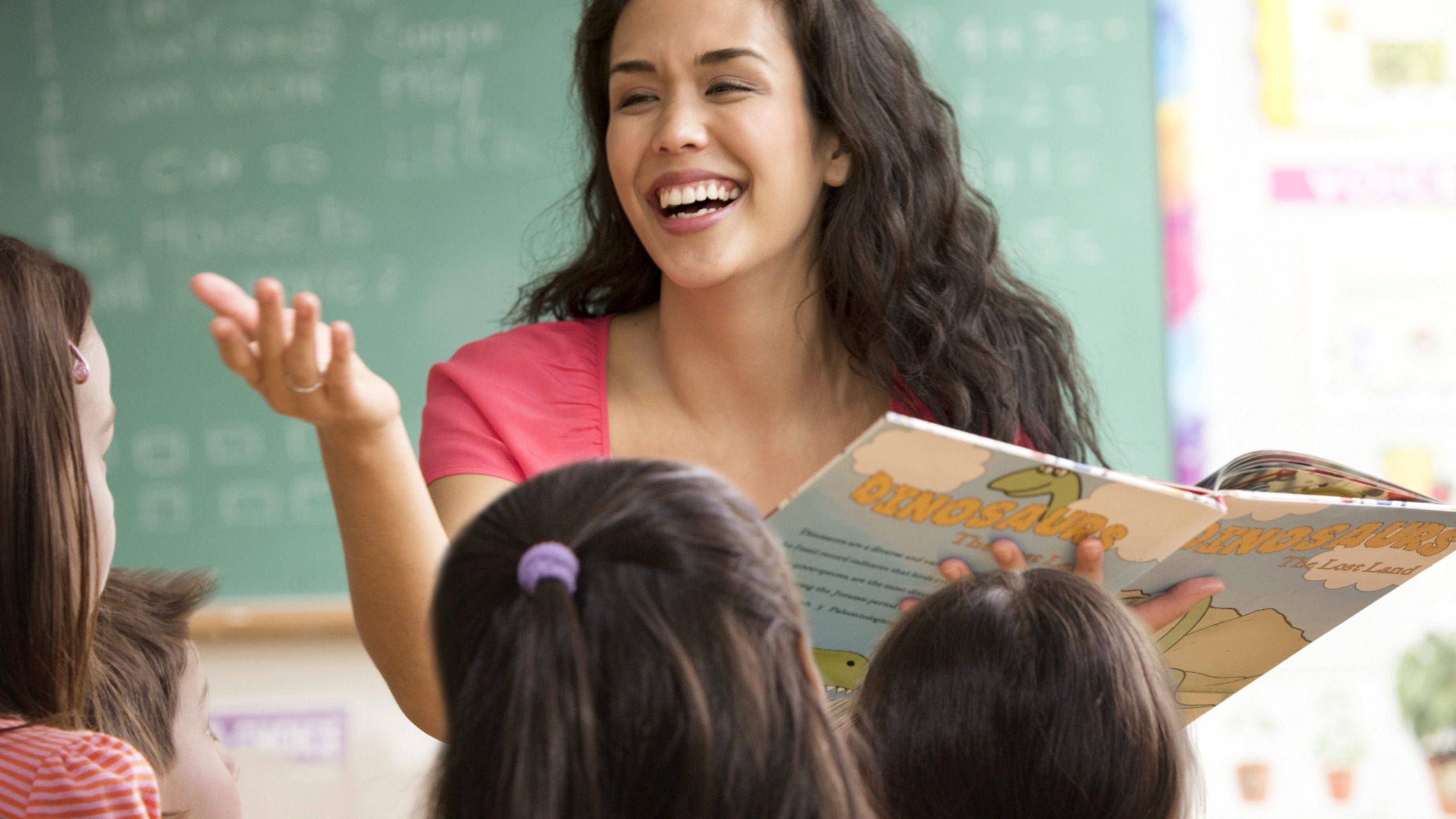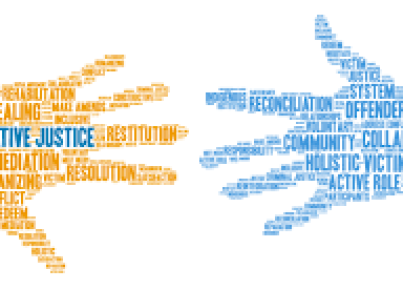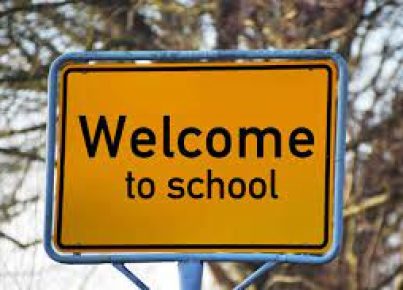Introduction
Maintaining order and discipline in the classroom is essential for creating a positive learning environment. Teachers play a crucial role in implementing effective classroom management strategies to prevent disruptions and ensure that students are focused on their studies. However, the extent and nature of the powers that teachers have to do this varies between different educational institutions, regions, and countries. This article explores the types of powers and tools available to teachers for maintaining good order and discipline in the classroom.
1. Establishing Clear Classroom Rules and Expectations
One of the primary powers that teachers have is the ability to set clear rules for behavior and expectations for student conduct in the classroom. Establishing these guidelines from the onset helps students understand what is expected of them, which contributes significantly to creating an orderly environment. Teachers also have the power to enforce consequences if students breach these rules, such as issuing warnings, removing privileges, or requiring extra work or detention.
2. Implementing a Positive Behavior Support System
Teachers also have the power to implement a positive behavior support system in their classrooms. This system involves acknowledging desirable behaviors with rewards or praise which can encourage students to follow rules and respect others in class properly. The use of reinforcement rather than punitive measures has been proven effective in promoting discipline among students.
3. Communication with Parents
Communication with parents is another essential tool for maintaining discipline in school settings. Teachers have the authority to report instances of misbehavior or academic issues to parents, involving them in addressing problem behaviors early on. Parent-teacher cooperation can play a significant role in ensuring that students behave appropriately during class hours.
4. Utilizing Restorative Practices
Many schools are now embracing restorative practices as an alternative disciplinary approach that emphasizes repairing relationships harmed by misconduct. Teachers have the power to implement these practices, which include facilitated conversations, peer mediation, or small-group interventions, where students involved take responsibility for their actions, express empathy, and work to establish means of making amends.
5. Formal Disciplinary Procedures
In extreme cases when students exhibit persistent disruptive behavior, teachers have the power to initiate formal disciplinary procedures. This can include referring the student to school administrators or a dedicated disciplinary committee, which may result in suspension or expulsion from the school. Although such measures are rarely taken, the ability to initiate the process highlights an essential aspect of a teacher’s authority in maintaining discipline within their classroom.
Conclusion
Teachers play a pivotal role in maintaining good order and discipline in schools. Their powers range from establishing clear classroom rules and implementing positive behavior support systems to facilitating restorative practices and initiating formal disciplinary procedures. By skillfully leveraging these tools, teachers can create an orderly learning environment that fosters academic success for their students.





